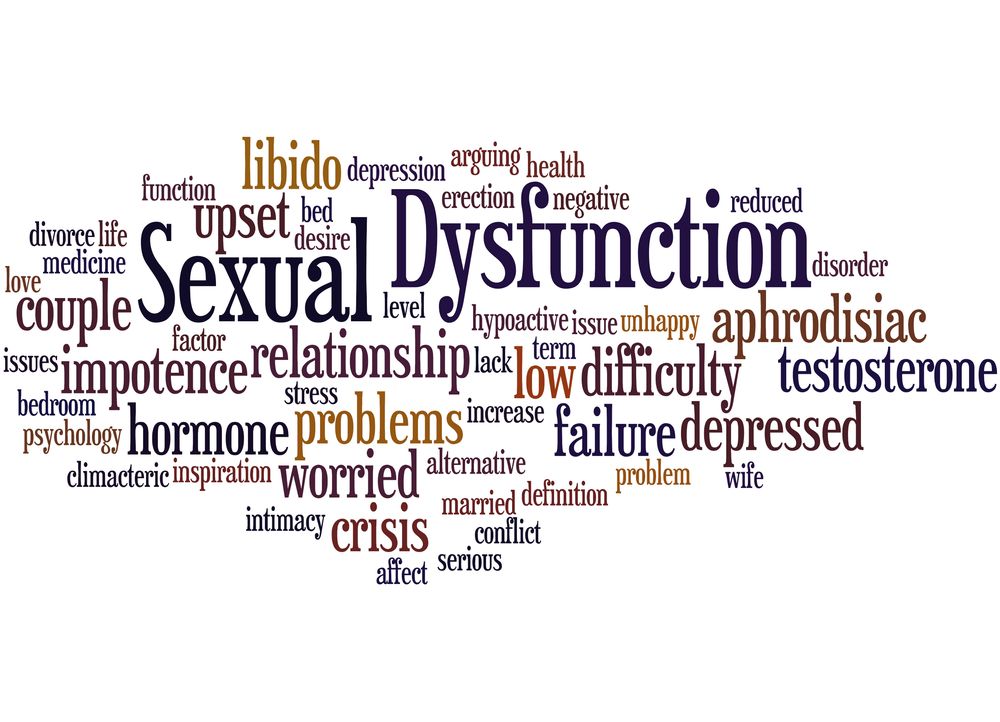How prevalent are sexual problems among middle-aged Canadians?
A new study highlighted how common sexual dysfunction is among middle-aged persons and if the prevalence among Canadians is consistent with American and British reports.

A University of Guelph study has found that the prevalence of sexual dysfunction in middle-aged Canadians is the same as in Americans and the British, The problem affects about 30% of men and 40% of women, according to Christopher Quinn Nilas, MA, and colleagues, who reported on a national sample of 2,400 Canadians in The Journal of Sexual Medicine.
The participants for the study were recruited randomly by phone in 2015 and asked to complete an online survey. The mean age of the participants was 49.46 years; 51% were men and 48.2% were women. Half were married and the vast majority (90%) were heterosexual
Among women, 39.6% reported lower libido than they would have liked over the past 6 months. Other common problems among women were difficulty reaching orgasm (14.5%), dyspareunia (17.1%), and vaginal dryness (28.8%). Among men, 29.6% said they had less sexual desire than they would have liked over the same time period. They also commonly reported problems with erections (23.8%) and rapid ejaculation (24.7%).
Predictors of sexual difficulties
The researchers identified a number of predictors of sexual difficulties. Primary among these were health issues such as rheumatoid arthritis and osteoarthritis, which were associated with low sexual desire in women compared to women who did not suffer from these health problems. Women who reported lower overall health ratings tended to have more vaginal dryness than those with better overall health. Among men, low overall health was correlated with lower desire and erection difficulties. Hypertension, cardiovascular disease, arthritis, and diabetes were not associated with erectile dysfunction or other sexual issues in men, a finding that was at odds with previous research on the topic, according to the authors.
Relationship status-being married-was found to be associated with low desire for both men and women compared to being single, widowed, separated, or divorced. Married men also were found to have more ejaculation difficulties than unmarried men. The researchers attributed low desire in married men and women to familiarity and predictability breeding disinterest. Women who reported being interested in trying new things sexually compared to a decade ago were found to be less likely to have low desire. No such association was found among men.
There was no association between age and sexual issues among men or women. However, women who had gone through menopause also tended to have lower desire and more vaginal pain and dryness than those who were premenopausal. Menopause was not a predictor of difficulty with orgasm.
The study was limited by self-reporting of subjects on sexual difficulties rather than clinical diagnosis, the time frame, lack of collection of data on disease severity or duration and use of medications, and inclusion of a wider array of medical conditions.
Clinical takeaway
This study highlighted how common sexual dysfunction is among middle-aged persons. Other research has shown that Canadians wish physicians would ask about sexual difficulties, wrote Quinn-Nilas et al. “Assessing sexual health should be a regular part of health care,” he said, “especially given the potential impact of sexual problems on overall health and well-being, and the recent advancements in treatments for sexual problems.”
FDA approves Visby’s test for at-home STI identification
Published: March 28th 2025 | Updated: March 28th 2025The FDA has approved Visby Medical’s at-home sexually transmitted infection test, allowing women to screen for chlamydia, gonorrhea, and trichomoniasis without a prescription.
Read More
In this episode of Pap Talk, Gloria Bachmann, MD, MSc, breaks down what it means to be a health care provider for incarcerated individuals, and explores the specific challenges women and their providers face during and after incarceration. Joined by sexual health expert Michael Krychman, MD, Bachmann also discusses trauma-informed care and how providers can get informed.
Listen
